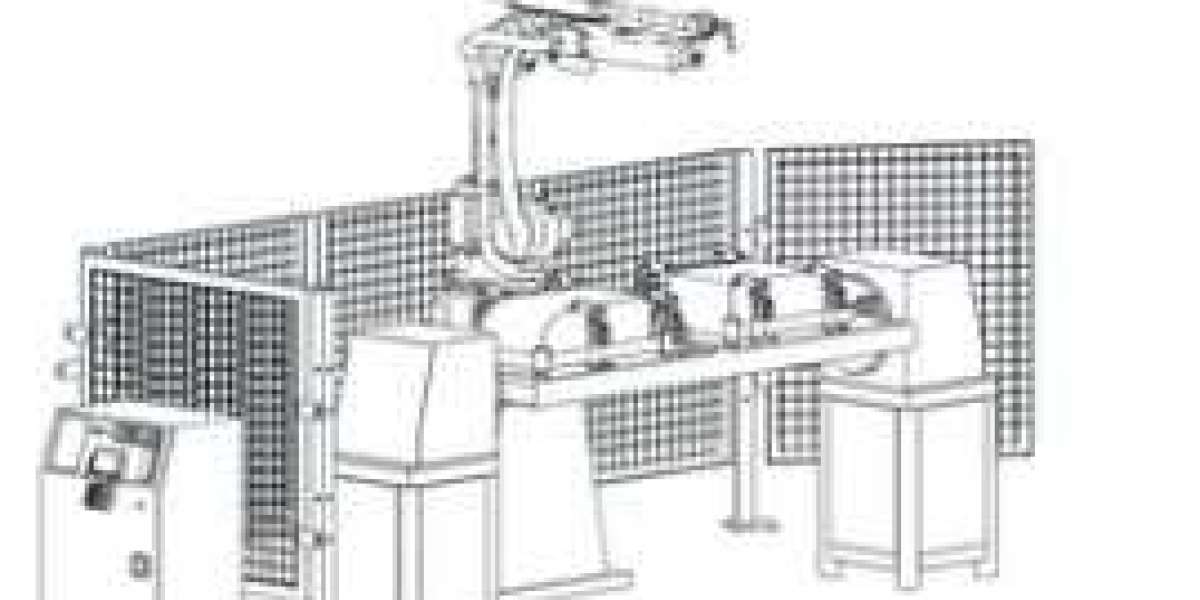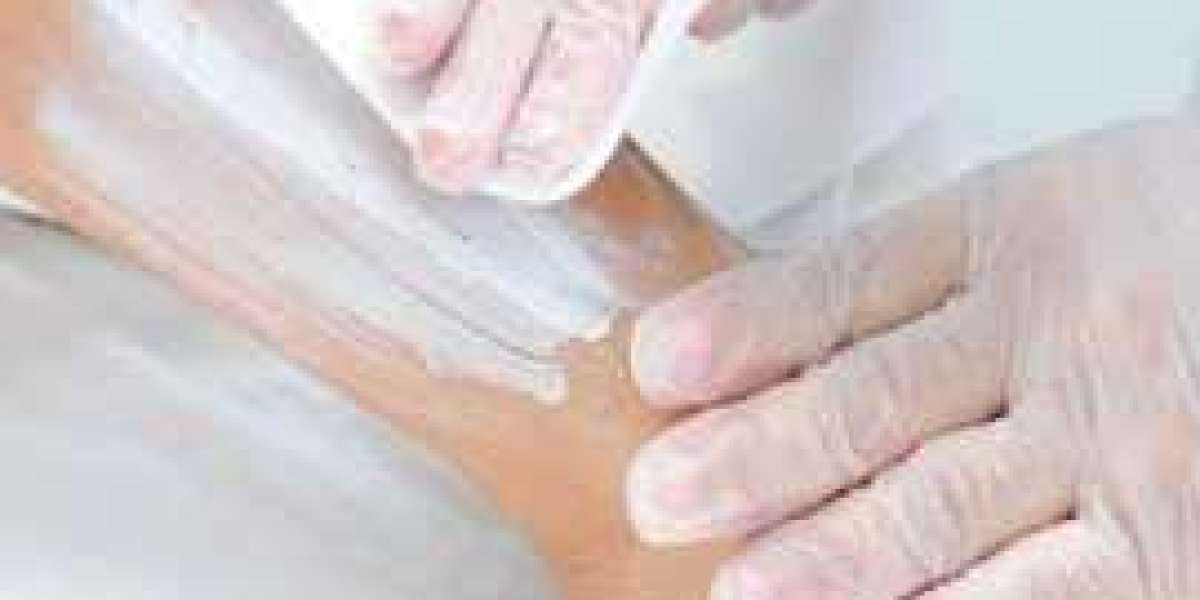In the ever-evolving landscape of innovation, securing intellectual property rights is essential for inventors and entrepreneurs alike. Among the various ways to protect their groundbreaking ideas and inventions, obtaining a patent stands as a primary method. However, a successful patent application demands more than just a well-written description; it requires precise and informative patent drawings. These visual representations play a critical role in conveying the uniqueness and functionality of an invention to patent examiners and potential investors. In this comprehensive guide, we will delve into the world of patent drawings, exploring their significance, the benefits of utilizing professional patent illustration services, and key tips to ensure an efficient and successful patent application process.
Understanding the Importance of Patent Drawings
Patent drawings also referred to as patent illustrations, play a crucial role in the process of obtaining a patent for an invention. They serve as visual representations of the invention and complement the written description provided in the patent application. These drawings are essential in conveying the unique features and functionalities of the invention to patent examiners, potential investors, and other stakeholders involved in the patenting process. In this section, we will delve into the significance of patent drawings and explore why they are a vital component of a successful patent application.
- Enhancing Clarity and Understanding
Innovation often involves complex and intricate concepts that may be difficult to grasp solely through textual descriptions. Patent drawings serve to provide a clear visual representation of the invention, making it easier for patent examiners to understand the intricacies and functionality of the proposed invention. A well-crafted patent drawing can succinctly convey information that might require multiple paragraphs or pages of text. This clarity helps examiners assess the novelty and uniqueness of the invention, expediting the examination process and increasing the likelihood of a favorable patent outcome.
- Complementing the Written Description
While the written description is the backbone of a patent application, the combination of text and visuals creates a more comprehensive and robust presentation. Patent drawings can help clarify ambiguous language, reduce misunderstandings, and ensure that all essential aspects of the invention are adequately covered. When the drawings align seamlessly with the written description, it strengthens the patent application, leaving little room for misinterpretation and potential legal challenges.
- Demonstrating Novelty and Non-Obviousness
One of the fundamental requirements for obtaining a patent is demonstrating that the invention is novel (new) and non-obvious (not easily deducible by someone skilled in the relevant field). Patent drawings are instrumental in showcasing the unique elements of the invention that set it apart from existing technologies or solutions. These drawings can visually highlight the innovative aspects of the invention, making a compelling case for its novelty and non-obviousness.
- Supporting Patent Claims
The patent claims define the legal boundaries of the invention’s protection, and patent drawings provide a concrete basis for these claims. They act as visual evidence to support the claims made in the patent application. If the patent claims are too broad or not adequately supported by the drawings, it may lead to challenges during the patent examination or potential infringement disputes in the future.
- Enabling Effective Communication
Patent drawings are not only vital during the patent examination process but also serve as a powerful communication tool with potential investors, licensees, and manufacturers. Well-crafted drawings can captivate stakeholders, effectively presenting the invention’s benefits and market potential. This visual communication can be crucial in securing funding or licensing agreements for commercializing the invention.
- Facilitating International Patenting
In the globalized world of innovation, securing international patents is often crucial for protecting an invention’s rights in multiple countries. Different patent offices worldwide have varying requirements for patent drawings. By creating high-quality patent drawings that meet international standards, inventors can streamline the process of seeking protection in multiple jurisdictions.
The Benefits of Professional Patent Illustration Services
Obtaining a patent is a complex and critical process for inventors seeking to protect their innovative ideas and inventions. While the written description forms the backbone of a patent application, the importance of precise and accurate patent drawings cannot be understated. Crafting high-quality patent drawings is a specialized skill that demands technical expertise and a deep understanding of patent office requirements. This is where professional patent illustration services come into play. In this section, we will explore the benefits of utilizing these specialized services and how they can significantly impact the success of a patent application.
- Precision and Compliance
One of the primary benefits of hiring professional patent illustration services is the assurance of precision and compliance. Patent offices have strict requirements regarding the format, style, and content of patent drawings. Professional illustrators possess in-depth knowledge of these requirements and stay updated with any changes or updates to the guidelines.
Inaccurate or non-compliant drawings can lead to unnecessary delays or even rejection of the patent application. Professional patent illustrators ensure that the drawings meet all the necessary criteria, reducing the risk of costly mistakes and ensuring a smoother patent application process.
- Enhanced Clarity and Communication
Creating clear and concise patent drawings is an art in itself. Professional illustrators have the expertise to present complex concepts in a visually appealing and easily understandable manner. They can transform technical descriptions into detailed visual representations, making it easier for patent examiners to grasp the invention’s unique features and functionalities.
Enhanced clarity through professional patent drawings can significantly expedite the examination process. Patent examiners can quickly assess the invention’s novelty and assess its patentability, resulting in faster responses and a more efficient overall application process.
- Tailored to Specific Industry and Patent Type
Different industries and types of patents may have unique requirements for patent drawings. For example, a mechanical patent may require detailed technical drawings, while a design patent may demand highly stylized and aesthetic illustrations.
Professional patent illustrators are experienced in catering to various industries and patent types. They can create drawings that are customized to suit the specific needs of the invention and the requirements of the patent office. This tailored approach ensures that the patent drawings effectively convey the invention’s essence and strengthen the patent application.
- Time and Cost Efficiency
Creating high-quality patent drawings demands time, effort, and technical proficiency. For inventors, attempting to create their own drawings can be a daunting task and may divert their attention from other crucial aspects of their projects.
By outsourcing patent illustrations to professionals, inventors can save valuable time and resources. Professional illustrators are well-equipped to handle the complexities of patent drawings efficiently, leaving inventors free to focus on further developing their inventions and pursuing potential business opportunities.
- Global Expertise
In today’s interconnected world, many inventors seek to secure patents in multiple countries to protect their intellectual property globally. However, different countries often have unique requirements and standards for patent drawings.
Professional patent illustration services often have experience working with multiple jurisdictions and are familiar with international patent office requirements. They can create patent drawings that meet the standards of various patent offices worldwide, streamlining the process of seeking international patent protection.
- Confidentiality and Non-Disclosure
Professional patent illustration services understand the importance of confidentiality in the patenting process. Reputable service providers have robust confidentiality measures in place to safeguard their client’s sensitive information and intellectual property.
Working with professionals also allows inventors to enter into non-disclosure agreements (NDAs) to ensure that their inventions and proprietary information are protected throughout the patenting process.
Tips for a Successful Patent Drawing Process
Creating successful patent drawings is a critical aspect of the patent application process. Well-crafted drawings can significantly enhance the understanding of the invention, strengthen the patent application, and increase the chances of obtaining a granted patent. To ensure a smooth and successful patent drawing process, inventors should consider the following tips:
- Start Early
Begin working on the patent drawings as early as possible in the invention development process. Waiting until the last minute to create drawings can lead to rushed and subpar results. Starting early allows ample time for collaboration with patent illustrators, making improvements, and ensuring the final drawings accurately represent the invention’s unique features.
- Collaborate with Professional Patent Illustration Services
Partnering with professional patent illustration services is crucial for producing high-quality and compliant drawings. Look for reputable firms or individual illustrators with a proven track record in the industry. Experienced patent illustrators possess the technical expertise to accurately represent complex inventions, ensuring that the drawings meet the specific requirements of patent offices.
- Understand Patent Office Requirements
Different patent offices have specific requirements for patent drawings, including formatting, labeling, line thickness, and margins. It is essential to thoroughly research and understand the guidelines set forth by the relevant patent office before creating the drawings. Being aware of these requirements from the outset can save time and prevent potential issues during the patent application process.
- Provide Comprehensive Information
Clear communication with patent illustrators is paramount for producing accurate drawings. Provide comprehensive information about the invention, including technical specifications, dimensions, and any unique features. Detailed information ensures that the patent illustrators have a clear understanding of the invention, enabling them to create precise and informative drawings.
- Regularly Review and Seek Feedback
Throughout the patent drawing process, regularly review the drawings and seek feedback from colleagues, experts in the field, or patent attorneys. Multiple rounds of review can help identify potential areas for improvement and ensure that all essential aspects of the invention are adequately represented in the drawings.
- Focus on Clarity and Consistency
Clarity is key when creating patent drawings. Use clear lines, labels, and annotations to ensure that the drawings are easily understandable. Avoid clutter or excessive detail that may obscure the invention’s essential features. Consistency across all drawings is essential to maintain a cohesive presentation of the invention.
- Consider Multiple Views
Depending on the complexity of the invention, consider providing multiple views of the invention in the drawings. Different views can help patent examiners and other stakeholders gain a comprehensive understanding of the invention’s structure and functionality.
- Future-Proof the Drawings
When creating patent drawings, consider potential future applications or variations of the invention. Future-proofing the drawings involves designing them to be adaptable and capable of encompassing possible modifications or improvements to the invention. This foresight can save time and effort when seeking additional patents or making changes to the invention down the line.
- Utilize Color Thoughtfully
Color can be a powerful tool in patent drawings, helping to distinguish various elements or highlight specific features of the invention. However, it is essential to use color thoughtfully and avoid relying solely on color to convey critical information. Patent drawings must be understandable in black and white as well, as some patent offices only accept black-and-white drawings.
- Seek Legal Advice
Consulting with a patent attorney or agent during the patent drawing process can provide valuable insights and ensure that the drawings align with the legal requirements of the patent application. Patent professionals can also advise on the patentability of the invention and potential strategies to strengthen the application.
Conclusion
The art of patent drawings is a vital aspect of the patent application process, offering numerous benefits to inventors seeking to protect their groundbreaking ideas and inventions. From enhancing clarity and understanding to supporting patent claims and demonstrating novelty, well-crafted patent drawings play a pivotal role in presenting the uniqueness and functionality of an invention to patent examiners and potential stakeholders.
Collaborating with professional patent illustration services proves to be a wise investment for inventors. These services ensure precision and compliance with patent office requirements, saving valuable time and resources while minimizing the risk of application rejections. With their expertise in various industries and patent types, professional illustrators can tailor drawings to effectively communicate the invention’s essence and strengths.
Starting the patent drawing process early, providing comprehensive information, and seeking regular feedback from experts contribute to the creation of clear, concise, and comprehensive drawings. By thoughtfully considering future applications and utilizing color judiciously, inventors can future-proof their drawings and enhance their patent application’s effectiveness.
Ultimately, patent drawings are a powerful visual language that enables inventors to secure intellectual property rights, attract potential investors, and pave the way for commercial success. As inventors continue to innovate and protect their ideas, the art of patent drawings remains an essential tool in the dynamic and competitive landscape of intellectual property.
Read More:
From Sketch to Verdict: A Comprehensive Guide to Using Patent Illustrations in Litigation








